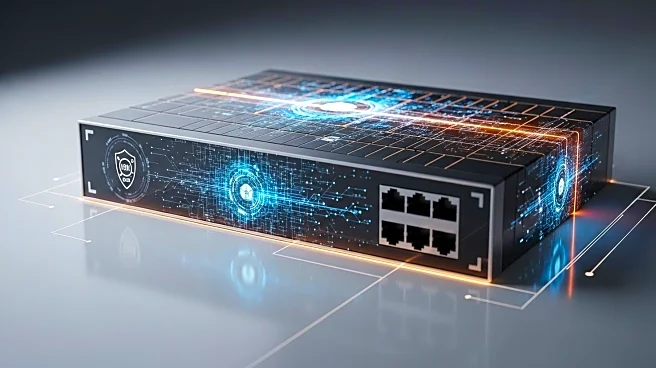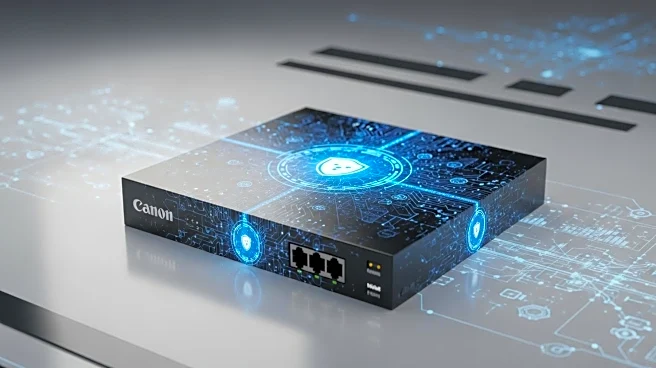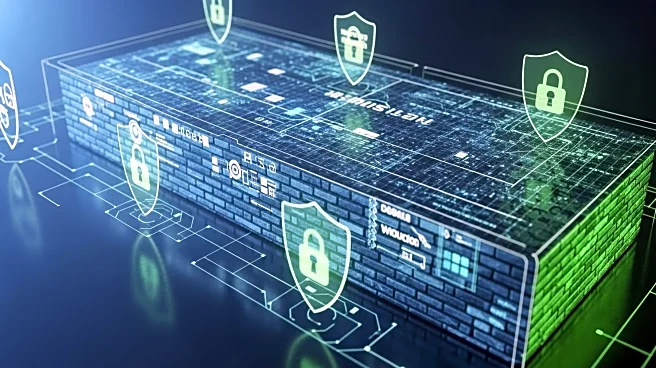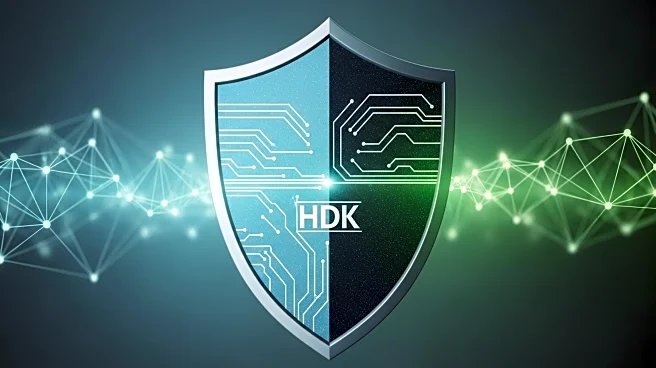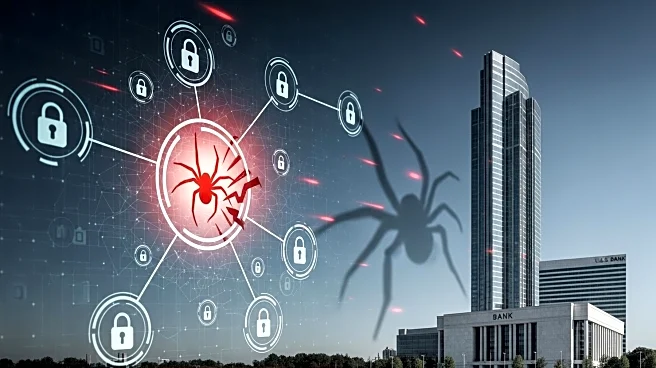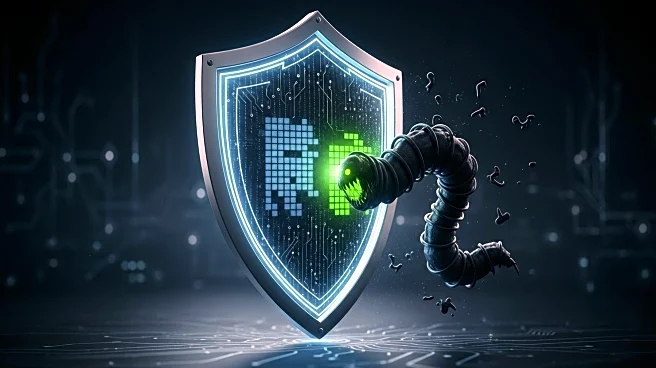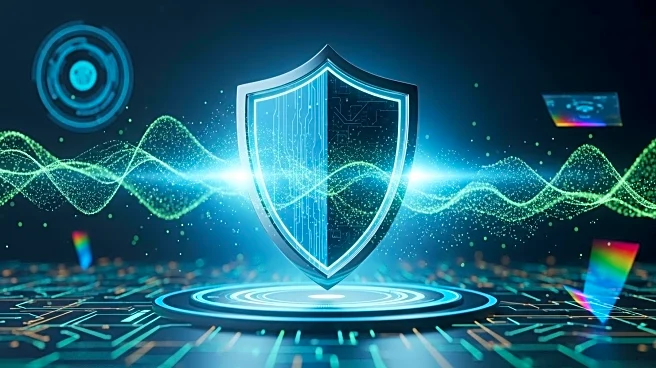What's Happening?
SonicWall has advised its customers to reset their credentials after a security breach exposed firewall configuration backup files. The breach affected less than 5% of MySonicWall accounts, with unknown threat actors accessing backup firewall preference files stored in the cloud. Although the credentials within these files were encrypted, the information could potentially be exploited by attackers to compromise related firewalls. SonicWall has clarified that this incident was not a ransomware attack but rather a series of brute-force attempts to access preference files for further exploitation. The company is urging affected customers to verify cloud backup settings, flag affected serial numbers, and initiate containment and remediation procedures, including resetting passwords and reviewing logs for unusual activity.
Why It's Important?
The breach highlights vulnerabilities in cloud backup services and the potential risks associated with storing sensitive configuration files online. SonicWall's response underscores the importance of robust security measures and regular credential updates to prevent unauthorized access. The incident serves as a reminder for organizations to treat recovery codes and configuration files with the same sensitivity as privileged account passwords. The breach could have significant implications for network security, potentially exposing affected organizations to further attacks if not properly addressed. SonicWall's proactive measures aim to mitigate these risks and protect its customers from future exploitation.
What's Next?
SonicWall has recommended importing fresh preference files into firewalls, which include randomized passwords and reset TOTP bindings. The company continues to investigate the breach and has not yet identified the responsible threat actors. Organizations affected by the breach are advised to follow SonicWall's guidelines to secure their systems and prevent further unauthorized access. The cybersecurity community will likely monitor the situation closely, as similar vulnerabilities could be exploited by other threat actors in the future.


